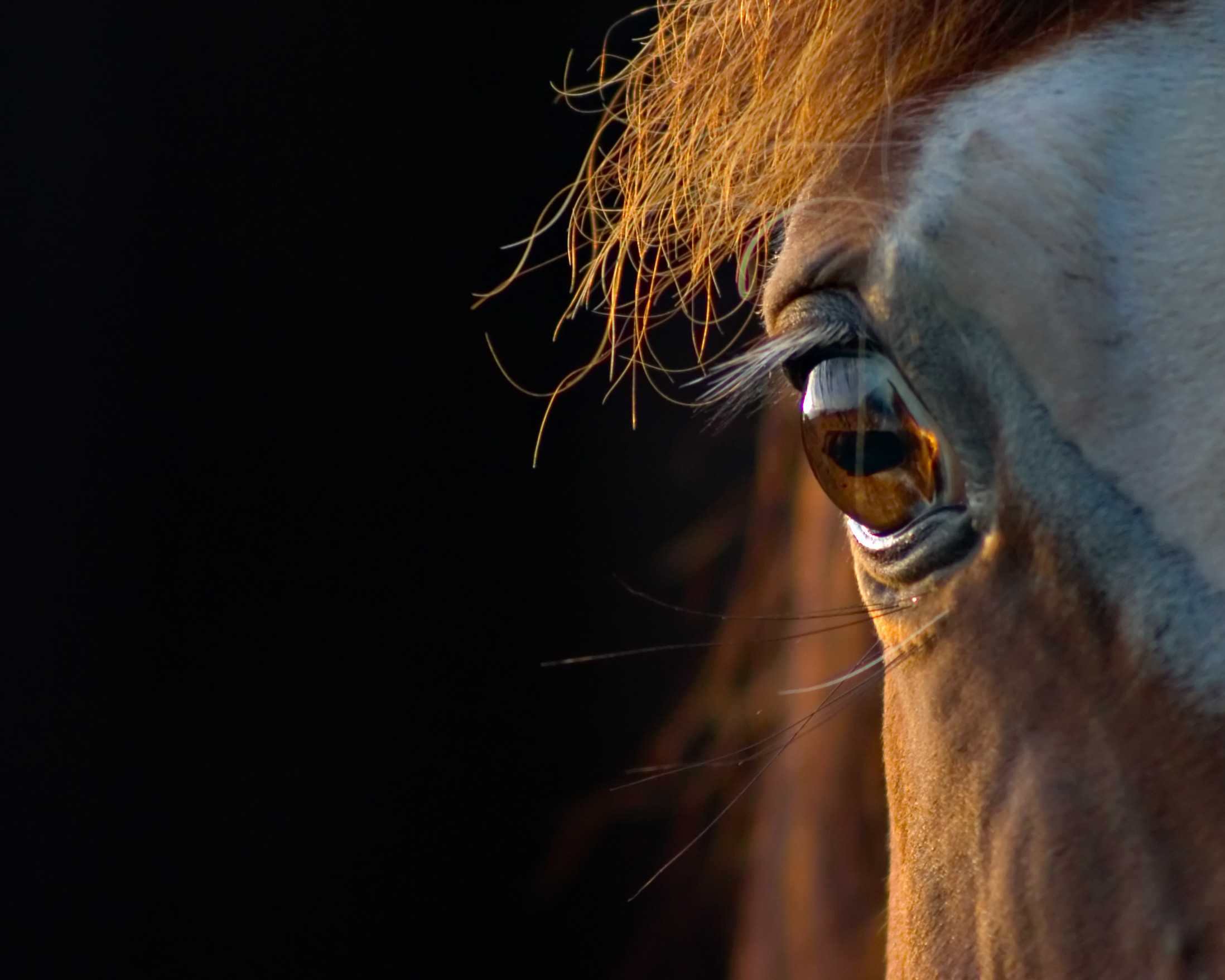Prevention of mouldy hay for horses

Prevention of mould in hay for horses is important. Horse owners can do so by keeping a close eye on plant growth, the moisture content at harvest, and other baling considerations.
Kentucky Equine Research writes that common moulds that grow on hay include Aspergillus, Fusarium, Penicillium, and Rhizopus, among others. Moulds generate spores that can irritate respiratory tissues or cause colic. Moulds can also produce mycotoxins, Some problems stemming from mycotoxin consumption are acute (immediate), while others are chronic (long-term). It all depends on the type and amount of mycotoxin the horse ingests.
4 things that can prevent mouldy hay:
 Moisture content is a crucial measure when it comes to hay production. If hay is baled at 12-14% moisture or less, the likelihood of mould is reduced.
Moisture content is a crucial measure when it comes to hay production. If hay is baled at 12-14% moisture or less, the likelihood of mould is reduced. Proper storage is a critical component of hay-feeding. Hay should be stored in a dry, well-ventilated area off of the ground. Avoid placing tarps tightly around hay, which will prevent moisture from escaping. Don’t stack hay too high, and be sure to leave some space between each bale to allow for airflow.
Proper storage is a critical component of hay-feeding. Hay should be stored in a dry, well-ventilated area off of the ground. Avoid placing tarps tightly around hay, which will prevent moisture from escaping. Don’t stack hay too high, and be sure to leave some space between each bale to allow for airflow.
 Take the time to inspect the hay prior to feeding. Hay may look perfectly fine on the outside, but it is possible for mould to be growing on the inside. Any black or grey mould is a sure sign of spoiled hay and potential health risk to the horse.
Take the time to inspect the hay prior to feeding. Hay may look perfectly fine on the outside, but it is possible for mould to be growing on the inside. Any black or grey mould is a sure sign of spoiled hay and potential health risk to the horse.
 Check the odour: While mould may be difficult to detect visually, an unusual odour usually accompanies mould growth. If hay is dusty or smells musty, do not feed it.
Check the odour: While mould may be difficult to detect visually, an unusual odour usually accompanies mould growth. If hay is dusty or smells musty, do not feed it.











